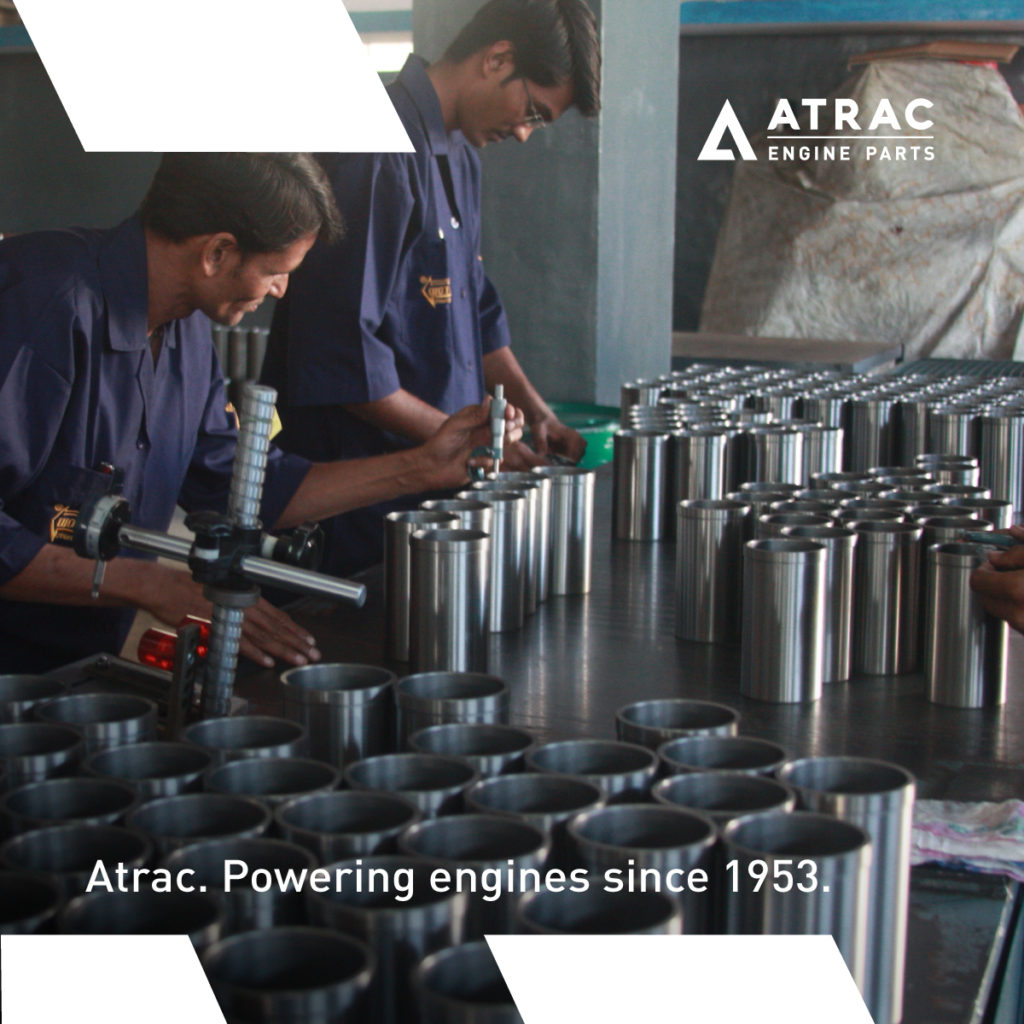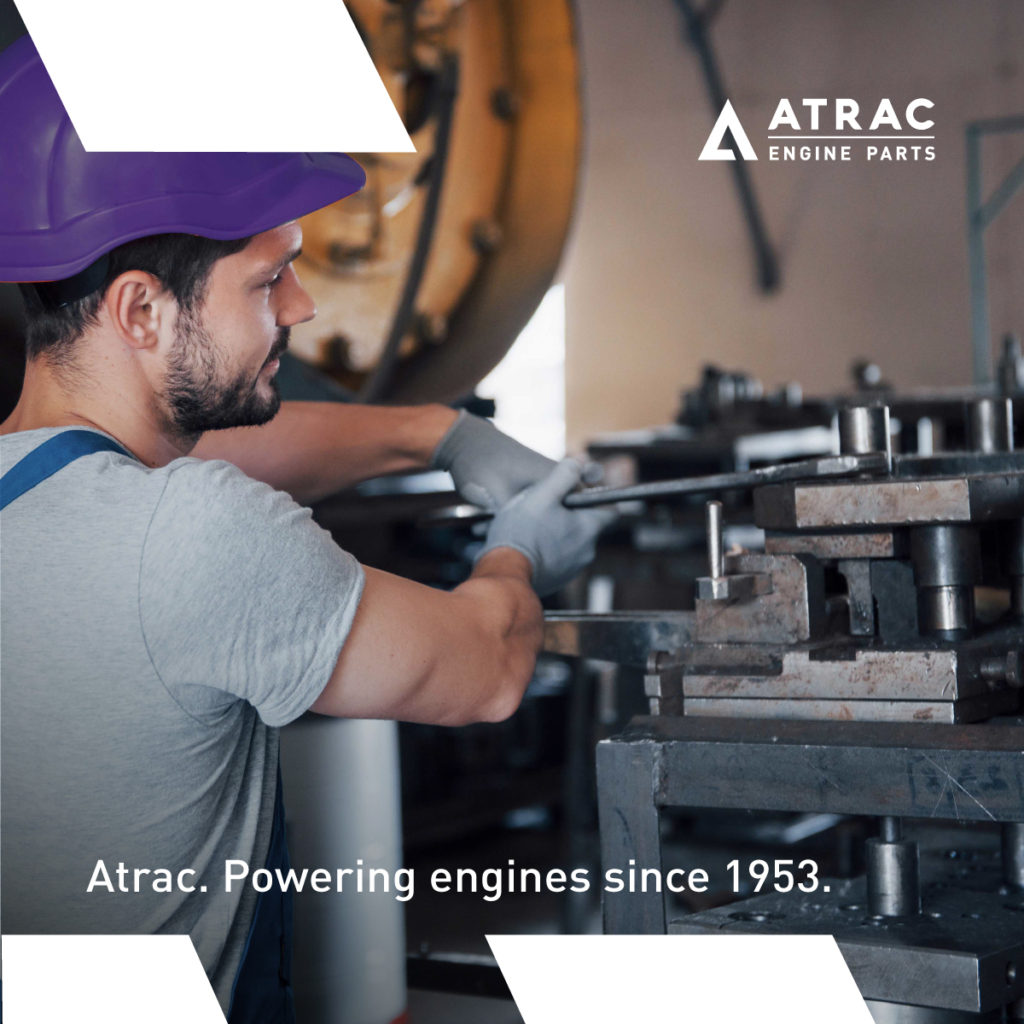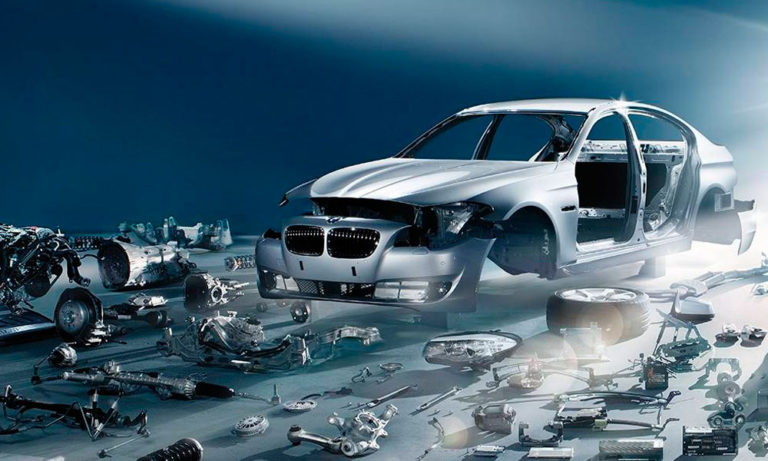Buying a vehicle is no ordinary feat. To most in India, it is a lifetime investment. Hence, it is important that your vehicles also last a lifetime – at least longer than the EMIs. An automobile’s durability depends on two factors; quality of its engine parts, of course, but more importantly, maintenance.
Infuriated by how expensive a repair can be? Don’t blame your mechanic, blame the monopoly created by your automaker. A competitive automotive aftermarket industry can reduce the price burden for after-sales service a great deal for the end customer.
What does an automotive aftermarket mean?
The automotive aftermarket is the secondary market of the automotive industry, concerned with the manufacturing, distribution, and retailing of all vehicle parts after the sale of the automobile by the original equipment manufacturer (OEM) to the consumer. Aftermarket parts are divided into two categories; replacement parts and accessories. Replacement parts are built or remanufactured to replace worn or damaged OE parts. Accessories are parts made for comfort, convenience, safety, or customization, and come as add-ons after the sale of the vehicle.

Why is it important to have a thriving aftermarket?
Transportation is the largest contributor to greenhouse gas emissions. People are increasingly aware of the effects of climate change. Today, consumers are keeping their vehicles longer and are aware of the importance of preventive maintenance and scheduled servicing to maximize the lifetime value of their vehicles. In addition, there is a growth in consumers opting to repair their vehicles themselves in the spirit of the do-it-yourself (DIY) movement. Also, a large section of people chooses to take their vehicle to mechanics or professionals rather than automaker’s service centers. The aftermarket helps keep vehicles on the road by providing consumers the choice of where they want their vehicles serviced, maintained, or customized. Therefore the rising demand for aftermarket parts and services is an eco-friendly change and is spurring new growth and revenue opportunities for a wide range of businesses.

The global aftermarket industry
Research firm Aberdeen Group estimates the sale of spare parts and after-sales services in the United States at 8% of annual GDP. That means American businesses and consumers spend approximately $1 trillion every year on assets they already own. In Europe, the total volume of Independent Aftermarket (IAM) amounted to 127 billion Euros in 2015. The auto-components industry in India grew by 6% annually between FY16 and FY20 to reach US$ 49.3 billion accounting for 2.3% of India’s Gross Domestic Product (GDP). Every major product category is saturated with brands competing to dominate by differentiating themselves through product features, price, and customer service.
Reports indicate that companies have sold so many units over the years that their aftermarkets have become 4–5 times larger than their original equipment businesses. Trends point to the increasing visibility of the aftermarket potential.
In an industry dominated by players like Goetze and Mahle, who have established themselves in the global aftermarket industry, Atrac, is building its niche out of an emerging market like India. The general claim of the auto industry is that OEM aftermarket parts are more reliable. At Atrac, our competitive edge comes from our decades of expertise in OEM manufacturing making us natural players in the aftermarket. We have been extending our manufacturing capabilities to the global aftermarket sector to develop specialized tractor parts (hydraulic/transmission gear) and other engine parts. Our ability to provide genuine spare parts at competitive prices emerges from our industry-leading cost-effective operating model.
To know more, visit our website.
References:
- https://www.mckinsey.com/~/media/McKinsey/Industries/Automotive%20and%20Assembly/Our%20Insights/The%20changing%20aftermarket%20game%20and%20how%20automotive%20suppliers%20can%20benefit%20from%20arising%20opportunities/The-changing-aftermarket-game.pdf
- https://hbr.org/2006/05/winning-in-the-aftermarket
- https://www.globenewswire.com/news-release/2021/02/24/2181329/0/en/Automotive-Aftermarket-Industry-Size-Worth-USD-288-20-Billion-at-3-7-CAGR-Global-Giants-Such-as-Bosch-and-Continental-to-Diversify-Product-and-Service-Offerings-Fortune-Business-In.html
- https://wolk-aftersales.com/car-aftermarket-in-europe-2017/
- https://newrepublic.com/article/122820/infuriating-reason-car-repairs-are-so-expensive
B.E (Mechanical) Mumbai, MBA – ISB, Hyderabad (2011)
Managing Director at Atrac Engineering Co (manufacturers and exporters of aftermarket engine parts)
Member of EO Navi Mumbai.
Hobbies include avid fitness enthusiast – crossfit, golf and trekking.







